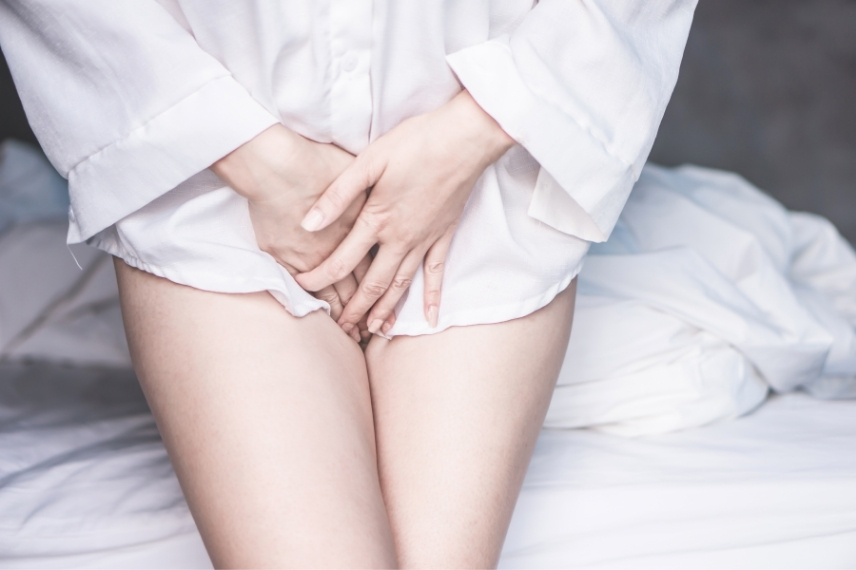
Genital varicose veins—also known as vulvar varicosities in women and scrotal varicose veins or varicoceles in men—are an often overlooked but surprisingly common vascular condition. These dilated, twisted veins develop in the genital region and can cause discomfort, swelling, pressure, and in some cases, affect quality of life or fertility.
Though the topic may seem sensitive, it is important to recognize that genital varicose veins are treatable with modern, minimally invasive techniques—and that early evaluation can help avoid chronic symptoms or complications.
What Are Genital Varicose Veins?
Genital varicose veins occur when valves within the veins become weak or incompetent, causing blood to pool and the veins to become enlarged and twisted. These veins are often part of a more extensive issue involving pelvic venous insufficiency, especially in women, or spermatic vein reflux in men.
They can present in both genders, but the manifestations differ slightly:
- In women: Vulvar varicosities appear as bluish, bulging veins on the vulva, perineum, or inner thighs. They often worsen during pregnancy or prolonged standing.
- In men: Scrotal varicose veins (varicoceles) are most commonly seen on the left side and may lead to testicular discomfort or infertility.
Who Is at Risk?
Several factors increase the risk of developing genital varicose veins:
- Pregnancy, particularly multiple pregnancies
- Pelvic congestion syndrome (PCS) in women
- Prolonged standing or sitting, especially in warm environments
- Heavy lifting
- Chronic constipation or straining
- Hormonal changes (especially estrogen-dominant states)
- Family history of varicose veins
- Venous reflux in the ovarian or internal iliac veins (in women)
- Left-sided renal vein compression or nutcracker syndrome (in men with varicocele)
Symptoms of Genital Varicose Veins
Symptoms may vary in intensity but typically include:
In women:
- Swelling or heaviness in the vulvar region
- Visible bluish or purple veins on the vulva or labia
- Discomfort during standing, exercise, or sexual activity
- Pain that worsens at the end of the day
- Associated pelvic pain or pressure
In men:
- Heaviness or dull ache in the scrotum
- Visible or palpable enlarged veins
- Increased discomfort in hot weather or after physical activity
- Decreased fertility (due to impaired sperm quality)
Diagnosis
A thorough evaluation is essential to determine the exact cause and extent of the varicosities. Diagnostic methods include:
- Color Doppler Ultrasound (pelvic or scrotal): To assess venous reflux
- Pelvic venography or MR venography: In complex or recurrent cases
- Transvaginal ultrasound (for women): To detect ovarian or internal iliac vein reflux
- Scrotal ultrasound with Valsalva (for men): To assess varicocele severity
Treatment Options for Genital Varicose Veins
Fortunately, genital varicose veins can be effectively treated using minimally invasive outpatient procedures, allowing patients to return to normal life quickly and with excellent long-term results.
-
Foam Sclerotherapy
A specialized foam is injected directly into the varicose vein, causing it to collapse and be reabsorbed by the body. It is ideal for:
- Superficial vulvar veins
- Smaller scrotal or perineal varicosities
- Postpartum or non-surgical cases
Benefits:
- Outpatient procedure
- No surgical incision or scars
- Immediate relief of symptoms
- Minimal recovery time
-
Coil Embolization (Endovascular Treatment)
This procedure is used for deeper veins that contribute to pelvic or scrotal varicosities—such as the ovarian vein in women or the spermatic vein in men.
Under fluoroscopic guidance, a catheter is inserted into the vein, and small metallic coils or a sclerosing agent is used to block the abnormal vein and redirect blood flow to healthy veins.
Benefits:
- High success rate (>90%)
- Done under local anesthesia with mild sedation
- Treats the root cause (reflux in ovarian or spermatic veins)
- No hospital stay required
- Surgical Ligation (Varicocelectomy or Vulvar Vein Excision)
Reserved for rare, resistant cases or when embolization is not possible. Surgery involves tying off or removing the affected vein.
Can Genital Varicose Veins Be Prevented?
While not all cases can be prevented, certain measures can help reduce the risk:
- Avoid prolonged standing or heavy lifting
- Manage constipation and avoid straining
- Wear compression garments during pregnancy or long travel
- Exercise regularly to improve venous circulation
- Treat underlying pelvic congestion or chronic venous insufficiency
Why Choose Our Clinic?
At our clinic, we offer a comprehensive and discreet approach to diagnosing and treating genital varicose veins. Our team is experienced in managing both female and male cases with personalized care.
We provide:
- Expert ultrasound evaluation
- Non-surgical foam sclerotherapy
- Advanced coil embolization techniques
- A private, comfortable environment for sensitive conditions
- Multilingual support for international patients
Take the First Step
If you are experiencing discomfort, swelling, or visible veins in the genital area, don’t hesitate to seek professional evaluation. Genital varicose veins are treatable, and with the right approach, you can eliminate discomfort and regain confidence.
Contact us today to schedule your private consultation.


